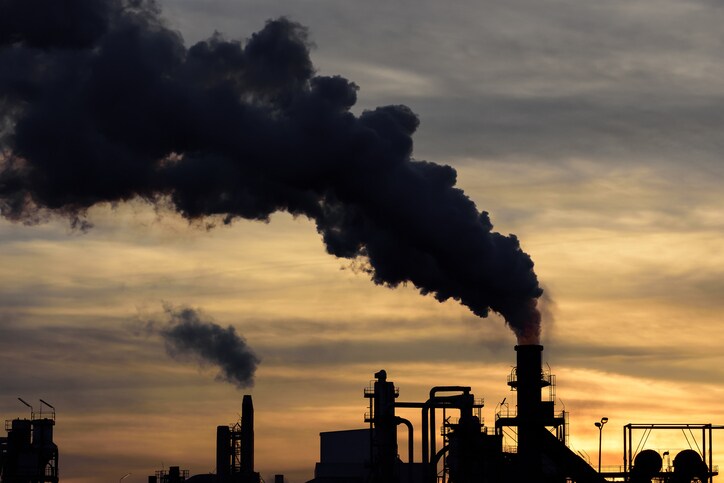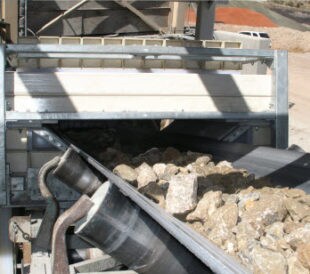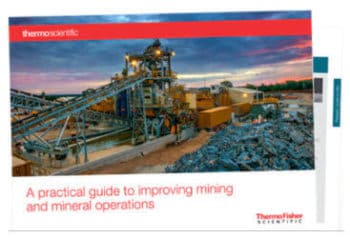 Advancing Mining often discusses air quality issues related to industries including coal mining, cement processing, and coal‐ and oil‐fired power generation. These issues can affect both workers and the nearby population who breathe in the particulate matter that results from such industrial activities.
Advancing Mining often discusses air quality issues related to industries including coal mining, cement processing, and coal‐ and oil‐fired power generation. These issues can affect both workers and the nearby population who breathe in the particulate matter that results from such industrial activities.
What is a particulate, or particulate matter? How can it affect us?
The U.S. EPA defines particulate matter (PM, also called particle pollution) as a mixture of solid particles and liquid droplets found in the air. Particulate matter size is measured as PM10, inhalable particles 10 micrometers or less in diameter, and PM2.5, fine inhalable particles 2.5 micrometers or less in diameter.
Here are some facts about particulate matter from the EPA web site:
- Some particulates can be seen with the naked eye while others can only be detected using an electron microscope. Some microscopic solids or liquid droplets are so small that they can be inhaled deep into the lungs, and possibly even the bloodstream, causing serious health problems.
- Particulate matter can be made up of hundreds of different chemicals.
- Particulate matter can be emitted directly from a source, such as construction sites, unpaved roads, fields, smokestacks, or fires.
- Most particulate matter forms in the atmosphere as a result of complex reactions of chemicals such as sulfur dioxide and nitrogen oxides, which are pollutants emitted from power plants, industries and automobiles.
- Fine particles (PM2.5) are the main cause of reduced visibility (haze) in parts of the United States, including many of our treasured national parks and wilderness areas.
What preventive and protective measures have been put in place regarding particulate matter?
The EPA has issued particulate matter emissions monitoring requirements for future coal‐ and oil‐fired power plants under the Mercury and Air Toxics Standards (MATS). The MATS sets standards for all Hazardous Air Pollutants (HAPs) emitted by coal- and oil-fired Utility Steam Generating Unit (EGU) with a capacity of 25 megawatts or greater. These standards are known as the National Emissions Standards for Hazardous Air Pollutants (NESHAP) or the Maximum Achievable Control Technology (MACT) standards. MATS covers emission limits for mercury, particulate matter, SO2, acid gases, and certain metals. The new standards affect only coal‐ and oil‐fired power plants that will be built in the future and are expected to reduce mercury emissions from power plants by 90%, acid gas emissions by 88%, and SO2 emissions by 41% beyond the reductions expected from the Cross State Air Pollution Rule.
Particulate Matter Continuous Emissions Monitoring System (PM CEMS) for wet stack particulate matter emissions enables simplified compliance with U.S. EPA regulations for utility companies, cement manufacturers and organizations with industrial and commercial boilers. PE CEMS systems continuously monitor filterable particulate matter regardless of changes in particulate characteristics and provide true mass concentration traceable to NIST-standards.
Advanced technology is also available to monitor particulates in ambient air.
Visit the Air Quality Analysis Information page to learn more about global air quality regulations as well as technologies and equipment for measuring pollutants in the air.
More recommended reading:
- Are You Ready for MATS? Here’s What you Need to Know
- Are You Ready for the New MACT Requirements for Portland Cement Manufacturing?






Leave a Reply